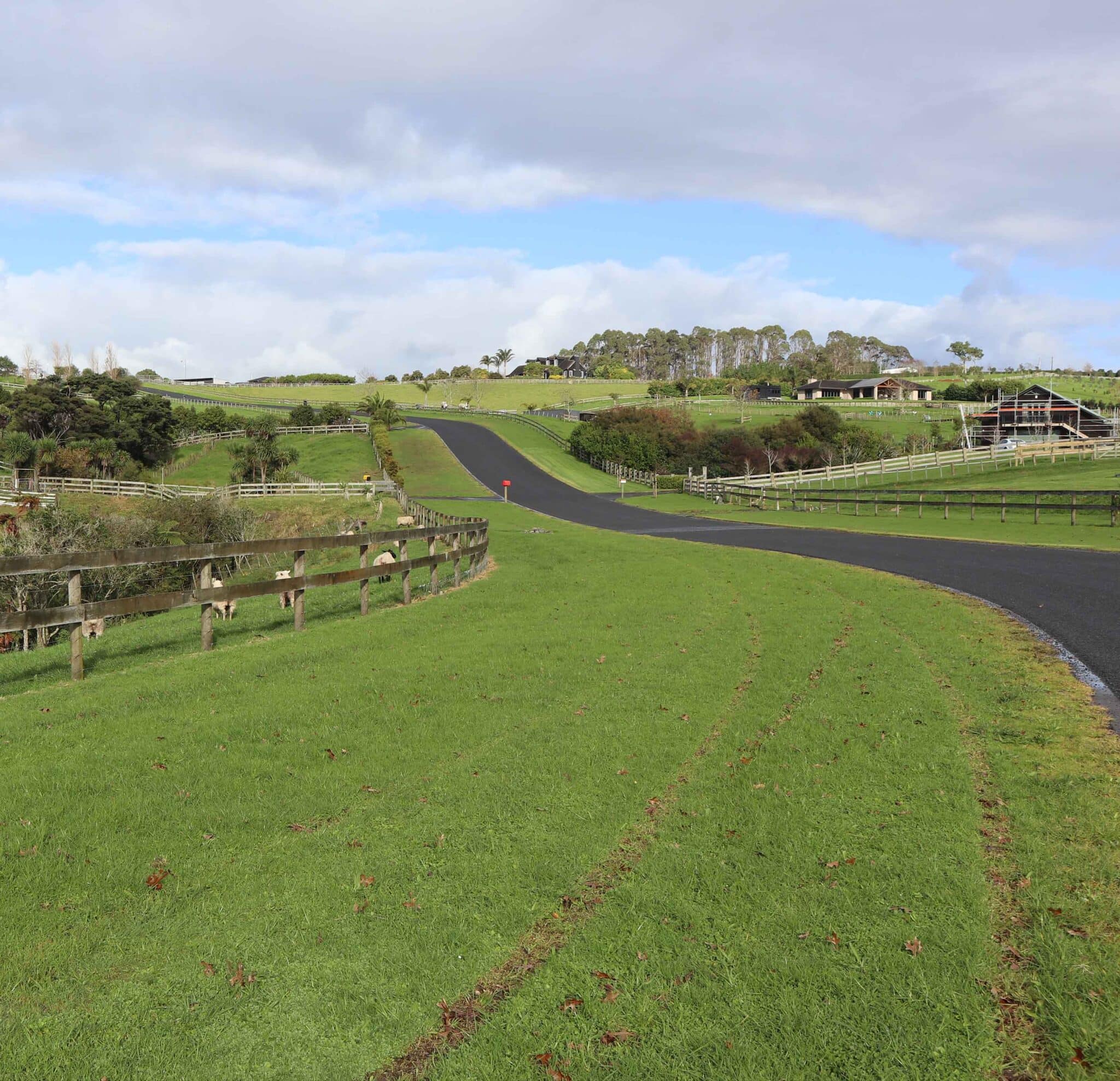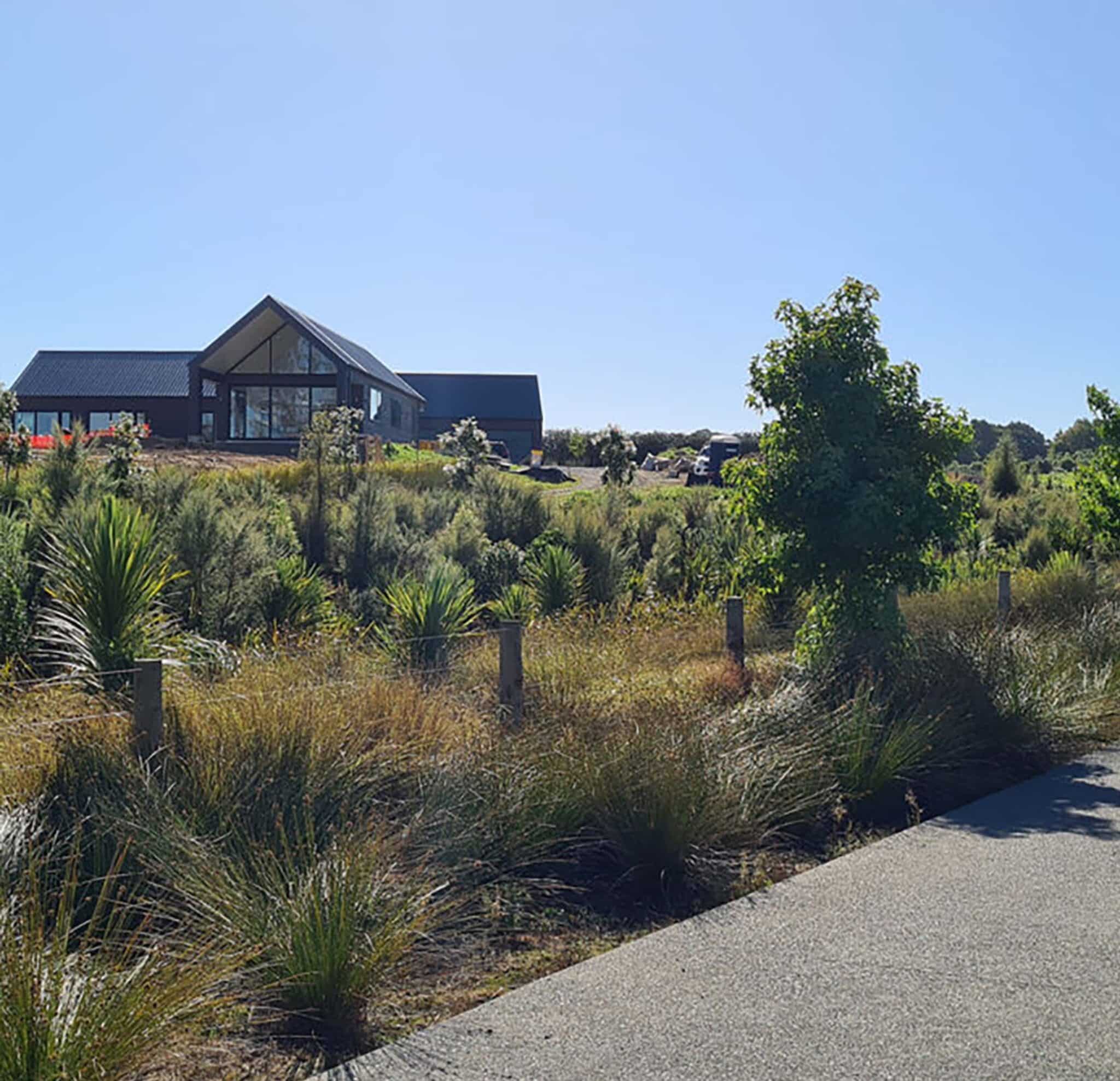By Myles Goodwin, Rural Subdivision Expert and Environmental Director, Cato Bolam Consultants.
Discover the Potential of Countryside Living Zones in Auckland
Countryside Living Zones are typically located in a transition area between the outskirts of urban development and larger rural farms. With sealed roads and shorter commuting distances to urban centres, these zones provide lifestyle living close to towns and villages, often with larger houses and gardens and a few heads of stock to keep the grass under control. Some examples of this zone include areas around Clevedon, Whitford through to Beachlands, Coatesville, Stillwater, Kumeu, and Taupaki.
A Straightforward Subdivision Process
Subdividing within the Countryside Living Zone is generally a straightforward process. Unlike urban developments, there’s no need for water, wastewater, stormwater reticulation and associated engineering design, which are required for urban development. Resource consent conditions can be as simple as installing a new vehicle crossing, providing the power connections, constructing shared access (if needed), completing the legal survey and paying the Council development contribution(s).

Understanding the Overlays in Your Zone
Before you embark on a Countryside Living Subdivision, there are a few things to remember. The size of each site in the zone depends entirely on the overlays and precincts that modify the zone subdivision rules. For example, if a property is in the zone with the South Rodney overlay, subdivision to an average site size of 1 ha is possible, or in the Whitford sub-precinct A, subdivision to an average of 3.5ha is possible. Some precincts mandate bush planting with subdivisions, rewarding additional titles once the planting requirements are met.
Accessing Transferable Titles (TRSS)
In some instances, Transferable Titles (TRSS) are necessary to maximise subdivision capacity, particularly in northern Auckland. Though they come at a cost, TRSSs are usually worthwhile, enabling greater subdivision density. Utilising TRSS typically involves establishing a natural area protection covenant to safeguard native bush and wetlands and restoration planting on the site supplying the TRSS. Council may show flexibility on the size of the subdividing site when TRSS are used, making exploring options even for slightly smaller properties worthwhile.

Decades of Expertise at Your Service
Cato Bolam Consultants has over five decades of experience with rural and countryside subdivisions. Since the implementation of the current Unitary Plan rules in late 2016, we’ve successfully subdivided hundreds of properties. With in-depth knowledge of Council requirements, we specialise in creating sites that maximise property value and potential.
Discover Your Property’s Potential Today
Find out what opportunities exist for your property by contacting our friendly and professional team. Myles Goodwin and the Cato Bolam team provide concept to completion rural subdivision and ecology services. Please contact Myles for an obligation-free discussion, free call 0800 2 CATOBOLAM or email [email protected]

